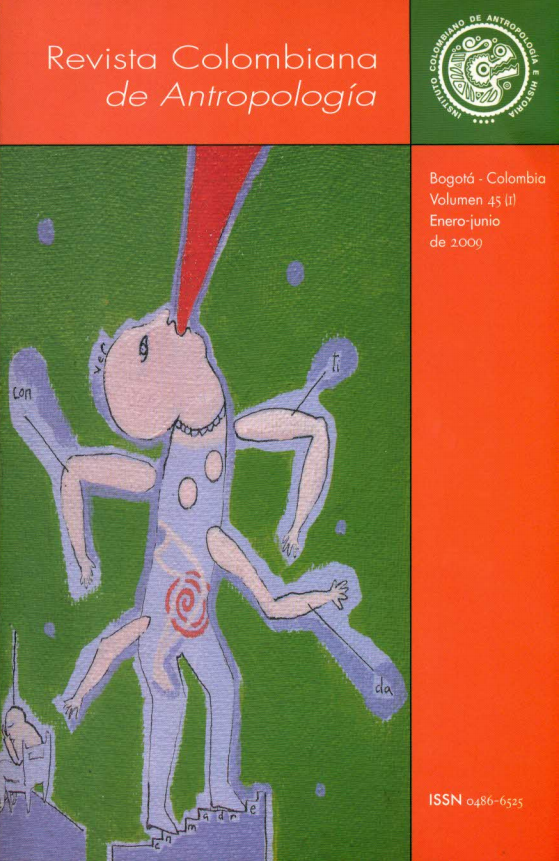Replicant Bodies. The Elusion Of The Legitimate Body In The Process Of Police Formation
DOI:
https://doi.org/10.22380/2539472X.986Keywords:
milongas, elusive practices, legitimate bodyAbstract
This article explores one of the classic corporal routines of police schools —the milongas— and the modalities of its elusion, in order to understand this resistance as a way to confront the imperative of the legitimate police body proposed by the institution. The institutional discipline, far form being a control net that encapsules all freedoms and prescribes all attitudes, is a net full of interstices and possibilities of autonomy. This text deals with these elusion practices as performed by those who enter the institution with the intention of excluding the body from disciplinary routines. Because the majority of these practices are fixed in the body, this is the most immediate terrain in which to fix the possibilities of resistance, creativity, and struggle.
Downloads
References
Bradford, D. Y Pynes, J. 1999. “Police academy training: Why hasn’t it kept up with practice?”. Police Quarterly 2 (3).
Butler, Judith. 2002. Cuerpos que importan. Sobre los límites materiales y discursivos del “sexo”. Editorial Paidós. Buenos Aires.
Cochrane, Tett, Y Vandercreek. 2003. “Psychological testing and the selec tion of police officers”. Criminal Justice and Behavior 30 (5).
Crossley, Nick. 1995. “Merleau-Ponty, the Elusive Body and Carnal Sociology”. Body & Society 1 (1).
Csordas, Thomas. 1999. “Embodiment and Cultural Phenomenology”. En Perspectives on embodiment. G. Weiss y H. Haber (eds.). Routledge. Nueva York.
De Certeau, Michel. 1990. “L´invention du quotidien”. Arts da faire. Vol. 1. Éditions Gallimard. París.
Echegaray, Eduardo. 1887. Diccionario general etimológico de la lengua española. José María Faguineto (ed.). Álvarez Hermanos, Impresores. Madrid.
Eilbaum, Lucía Y Sirimarco, Mariana. 2006. “Estudios sobre la burocracia policial y judicial, desde una perspectiva etnográfica”. En Culturas, comunidades y procesos urbanos contemporáneos. Wilde y Schamber (comps.). Editorial SB. Buenos Aires.
Fabian, Johannes. 1983. Time and the other. How anthropology makes its object. Columbia University Press. Nueva York.
Ferguson, Dean. 2000. “The body, the corporate idiom, and the police of the unincorporated worker in Early Modern Lyons”. French Historical Studies 23.
Fielding, Nigel. 1984. “Police socialization and police competence”. The British Journal of Sociology 35 (4).
Ford, Robert. 2003. “Saying one thing, meaning another: The role of parables in police training”. Police Quarterly 6 (1).
Foucault, Michel. 1980. Microfísica del poder. La Piqueta. Madrid.
Galimberti, Umberto. 2003. Il corpo. Feltrinelli Editore. Milán.
Giard, Luce. 1990. “Présentation”, en L´invention du quotidien. En Arts da faire. Vol.1. Éditions Gallimard. París.
Giddens, Anthony. 1987. Las nuevas reglas del método sociológico. Amorrortu Editores. Buenos Aires.
Goffman, Ervin. 1998. Internados. Ensayos sobre la situación social de los enfermos mentales. Amorrortu Editores. Buenos Aires.
Hoberman, John. 1988. Politica e sport. Il corpo nelle ideologie politiche del `800 e del `900. Societá Editrice il Mulino. Bologna.
Holy, Ladislav. 1984. “Teoría, metodología y proceso de investigación”. En Ethnographic research: A guide to general conduct. R. Ellen, (ed.). Academic Press. Londres.
Jackson, Michael. 1983. “Knowledge of the Body”. Man 18 (2).
Loriga, Sabina. 1992. Soldatti. L´istituzione militare nel Piemonte del Settecento. Marsilio Editori. Venecia.
Merleau-Ponty, Maurice. 1957. Fenomenología de la percepción. Fondo de Cultura Económica. México.
Nagore, Josefina. 1997. “La parodia de Ovidio”. AFC XV.
Reiner, Robert. 1992. “Police Culture”. En The politics of the police. Editorial Hasventer Wheatsheaf. New York, Londres.
Schafer, Josepf Y Bonello, Elizabeth. 2001. “The citizen police academy: measuring outcomes”. Police Quarterly 4 (4).
Scheper-Hughes, Nancy Y Lock, Margaret. 1987. “The mindful body: A prolegomenon to future work in medical anthropology”. Medical Anthropology Quarterly 1.}
—.1991. “The message in a bottle: Illness and the micropolitics of resistance”. The Journal of Psychohistory 8 (4).
Segato, Rita. 2003. Las estructuras elementales de la violencia. Universidad Nacional de Quilmes. Bernal.
Seremetakis, Constantina-Nadia. 1990. “The ethics of antiphony: The social construction of pain, gender and power in southern Peloponnese”. Ethos 18.
Sirimarco, Mariana. 2001. “El disciplinamiento de los cuerpos. Cuando el castigo construye sujetos”. Cuadernos de Antropología Social 14.
—. 2004a. “Acerca de lo que significa ser policía. El proceso de incorporación a la institución policial”. En Burocracias y violencia. Estudios de antropología política. S. Tiscornia (comp.). Antropofagia. Buenos Aires.
—. 2004b. “Marcas de género, cuerpos de poder. Discursos de producción de masculinidad en la conformación del sujeto policial”. Cuadernos de Antropología Social (20).
— . 2005. “Milongas: Pedagogía del sufrimiento. Construcción del cuerpo legítimo en el contexto de socialización policial”. Interseções 7 (2).
Soich, Darío. 2003. “Tácticas oposicionales como expresión de disenso y horizonte de lucha política: Posibilidades de juego, resistencia y desplazamiento en un espacio controlado”. En Cuerpo y proceso de trabajo. El caso de una corporación automotriz transnacional. Tesis de Antropología, Facultad de Filosofía y Letras, Universidad de Buenos Aires.
Soja, Edward. 1989. “Postmodern geographies”. En The reassertion of space in critical social theory. Verso. Londres y Nueva York.
Wright, Pablo. 1990. “El espacio utópico de la antropología: Una visión desde la cruz del sur”. Cuadernos 16.




















